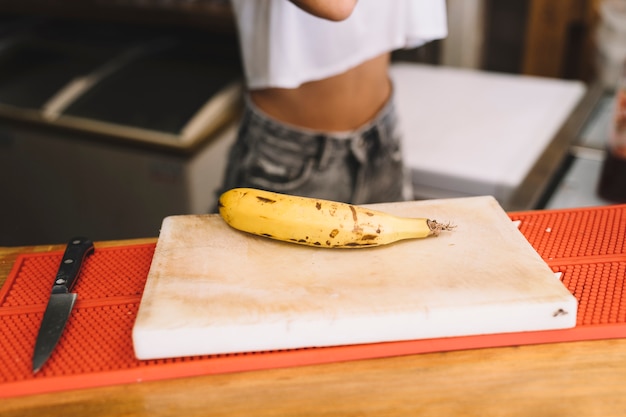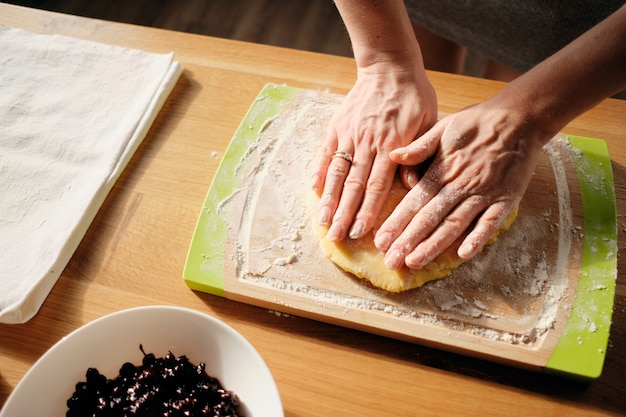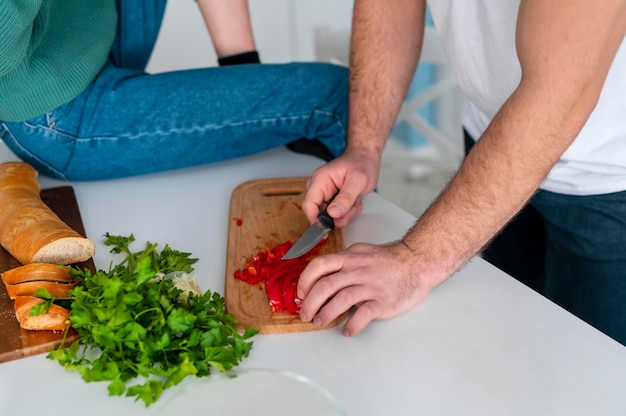(Part 1) The Basics: A Quick Overview

1.1. General Guidelines: A Starting Point
Firstly, let's be clear: those cooking times on the packaging are just guidelines. They're not set in stone, especially if you're dealing with a different oven or cooking multiple Hot Pockets. Think of them as a starting point. I always recommend going with the minimum time on the package, then checking for doneness. If it needs a bit more time, add a minute or two and keep an eye on it.
1.2. Oven Types: The Great Divide
Every oven is unique, with its own personality and quirks. Some are hot-headed, others run cold, and some just seem to have a mind of their own. That's why it's so important to get to know your oven. Experiment a bit, try different temperatures, and pay attention to how your oven reacts. You'll start to learn its idiosyncrasies, and you'll be able to adjust cooking times accordingly. For example, if you're using an older oven, it's a good idea to add a couple of minutes to the recommended cooking time.
1.3. hot pocket variations: Not All Pockets Are Created Equal
Let's face it, not all Hot Pockets are created equal. Some are thicker than others, some are loaded with more fillings, and some are just plain stubborn. Pay attention to the specific Hot Pocket you're cooking. A thicker, more densely packed Hot Pocket will need a bit more time than a thinner, lighter one.
(Part 2) The Definitive hot pocket oven guide: Your Culinary Compass

2.1. Conventional Oven: The Classic
This is the classic, the workhorse of the kitchen. For conventional ovens, the general rule of thumb is to follow those packaging instructions, but remember, those are just guidelines. Keep an eye on your Hot Pocket, and use your senses. Look for that golden-brown crust, and give it a gentle press to check for firmness. If it needs a bit more time, pop it back in the oven for a couple of minutes.
2.2. Toaster Oven: The Smaller, More Versatile Option
Toaster ovens are great for smaller quantities. They heat up quickly, and they're often more efficient than a full-size oven. For toaster ovens, you'll want to stick with those packaging instructions, but be prepared to adjust the cooking time. You might find that you need to reduce the cooking time by a couple of minutes.
2.3. Air Fryer: The New Kid on the Block
Air fryers are all the rage these days, and with good reason. They cook things quickly and often give them a crispy exterior. For air frying Hot Pockets, you'll want to use a lower temperature than the one on the packaging. Aim for around 350°F. The cooking time will be about 10-12 minutes. Keep an eye on them, though, as they can cook up fast!
(Part 3) The Tell-Tale Signs: Knowing When It's Done

3.1. The Golden-Brown Crust: The Visual Cue
This is the most obvious sign that your Hot Pocket is ready to go. It's all about that lovely golden-brown crust. Not pale and undercooked, not burnt to a crisp. It's a delicate balance, but you'll get the hang of it.
3.2. The Feel Test: A Tactile Assessment
Once your Hot Pocket has achieved that golden-brown hue, give it a gentle press. It should feel firm and slightly springy, not soft and doughy. This means the inside is fully cooked and heated through. If it feels a bit soft, pop it back in for a couple more minutes.
3.3. The internal temperature: For the Paranoid Eater
Now, I know this might seem a bit excessive for a Hot Pocket, but if you're really serious about food safety, you can always check the internal temperature with a food thermometer. It should reach at least 165°F.
(Part 4) The Art of Multi-Pocket Cooking: Feeding a Crowd (or Just Yourself)
4.1. The Challenge of Multiple Hot Pockets: Don't Overcrowd
We've all been there: you're craving Hot Pockets, but one just isn't enough. But when you're dealing with a group of Hot Pockets, things can get a little tricky. You need to ensure that all those pockets get cooked evenly without overcrowding the oven and causing steam build-up.
4.2. The Spacing Game: Give Them Room to Breathe
First things first: space those Hot Pockets out. Allow at least an inch between each one. This lets the air circulate and ensures that all sides get cooked properly.
4.3. The Time Adjustment: A Little Extra Time for the Gang
When you're cooking multiple Hot Pockets, add a few extra minutes to the cooking time. About 2-3 minutes is a good starting point. This allows for the extra time needed to cook them through and achieve that perfect crust.
4.4. The Rotating Ritual: For Even Cooking
Don't forget to rotate your Hot Pockets halfway through cooking! This ensures that all sides get exposed to the heat and cook evenly.
(Part 5) Troubleshooting: When Things Go Wrong
5.1. The Case of the Undercooked Hot Pocket: Don't Panic
You followed the instructions, but your Hot Pocket is still a bit raw inside. Don't panic, mate! Just pop it back in the oven for a few more minutes. It might take a couple of extra minutes, but it'll be worth it for a fully cooked, satisfying Hot Pocket experience.
5.2. The Tragedy of the Overcooked Hot Pocket: Burnt Brick Blues
It happens to the best of us. You get distracted, maybe you forgot you had it in the oven, and suddenly, your Hot Pocket is burnt to a crisp. This is a tough one. Unfortunately, there's not much you can do except try to salvage what you can. You can always try to scrape off the burnt bits, but the chances are it's going to be a bit of a dry, sad meal.
5.3. The Mystery of the Steamy Hot Pocket: Moisture Mayhem
You've just pulled your Hot Pocket out of the oven, and it's emitting a suspicious amount of steam. This could be a sign that your Hot Pocket is overcooked. The steam is often a result of too much moisture inside, which can cause the crust to become soggy. Try to let it cool for a few minutes, and the steam should dissipate.
(Part 6) The hot pocket hacks: Tips and Tricks
6.1. The Microwave Method: When Time Is of the Essence
We've all been there: craving a Hot Pocket, but we're in a hurry. The microwave is your trusty sidekick. It's not the ideal method, but it'll get the job done in a pinch. Pop it in for about 1 minute and 30 seconds, and check for doneness.
6.2. The Foil Trick: For a Crispy Crust
Want a crispy Hot Pocket crust? Wrap it in foil before you put it in the oven. This helps to trap the heat and creates a crispier texture. It's a simple hack, but it makes a big difference.
6.3. The Toaster Oven Variation: For a Smaller Batch
If you're only cooking one or two Hot Pockets, consider using your toaster oven. It's quicker and more efficient than a conventional oven, and you can usually achieve a nice, crispy crust.
6.4. The Air Fryer Advantage: For a Crispier, Quicker Cook
Air fryers are fantastic for Hot Pockets. They cook them quickly and evenly, and the result is a crispy, golden-brown crust. Just make sure to use a low temperature (about 350°F) and cook for about 10-12 minutes.
(Part 7) Hot Pockets Beyond the Oven: Alternative Cooking Methods
7.1. The Grill: For a Smoky Touch
For a bolder flavour, you can try grilling your Hot Pockets. Just be sure to cook them over low heat and watch them closely to prevent them from burning.
7.2. The Pan-Fry: For a Flattened, Crispy Delight
If you're a fan of a crispy, flat, and delicious Hot Pocket, you can try pan-frying it. Just heat a bit of oil in a pan, then add the Hot Pocket and cook for about 3-4 minutes per side. It's a quick and easy way to get a crispy exterior and a melty cheese centre.
(Part 8) FAQs: Common Questions and Answers
8.1. What is the best way to cook a Hot Pocket?
The best way to cook a Hot Pocket is in a conventional oven. You'll get a nice golden-brown crust and evenly cooked filling. Just follow the packaging instructions, but remember that they are just guidelines.
8.2. How do I know if my Hot Pocket is cooked?
You'll know your Hot Pocket is cooked when the crust is golden brown and slightly crispy, and the filling is heated through. You can also press the Hot Pocket gently to see if it's firm and springy.
8.3. Can I cook multiple Hot Pockets at once?
Yes, you can cook multiple Hot Pockets at once. Just make sure to space them out in the oven so they cook evenly and don't steam up. You'll also need to add a few minutes to the cooking time.
8.4. Can I freeze Hot Pockets?
Yes, you can freeze Hot Pockets. Simply place them in a freezer-safe bag and freeze for up to 3 months. To cook them from frozen, add about 5 minutes to the cooking time.
8.5. What are the best Hot Pocket flavours?
This is a matter of personal preference! Some popular flavours include pepperoni pizza, cheeseburger, and Philly cheesesteak. My personal favourite? The Classic Pepperoni. It’s simple, it’s delicious, and it never disappoints.
(Part 9) The Final Verdict: Hot Pocket Mastery Achieved
So there you have it, mate: the ultimate guide to Hot Pocket cooking times. Remember, it's all about practice and finding what works best for you and your oven. Don't be afraid to experiment and try different methods. And most importantly, enjoy the delicious, cheesy, gooey goodness of a perfectly cooked Hot Pocket!
Everyone is watching

How to Cook Frozen Lobster Tails Perfectly: A Step-by-Step Guide
RecipesLobster. Just the word conjures up images of lavish meals, special occasions, and a taste of luxury. But let's...

Pigs in a Blanket Cooking Time: How Long to Bake for Perfect Results
RecipesAh, pigs in a blanket. Just the name conjures up images of those delightful little parcels of crispy pastry en...

Pork Fillet Cooking Time: How Long to Cook It Perfectly
RecipesPork fillet, or tenderloin as it's sometimes called, is a real favourite in our house. It's so versatile, and...

The Ultimate Guide to Cooking Delicious Frankfurters
RecipesLet's face it, we all love a good frankfurter. It's a classic, simple, and always satisfying. But let's be rea...

Wolf Meat Recipes: A Guide to Cooking Wild Game
RecipesLet's be honest, you don't see wolf meat at your local butcher shop every day. It's a bit of a wild card, but ...
